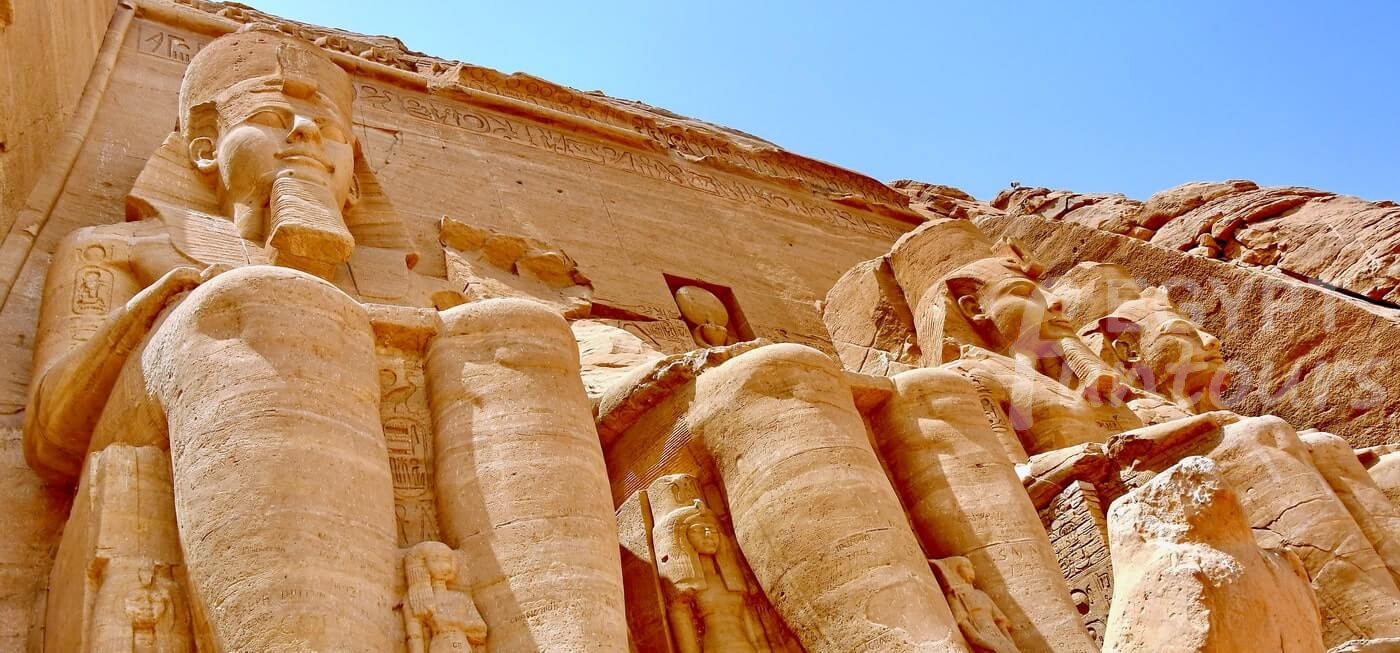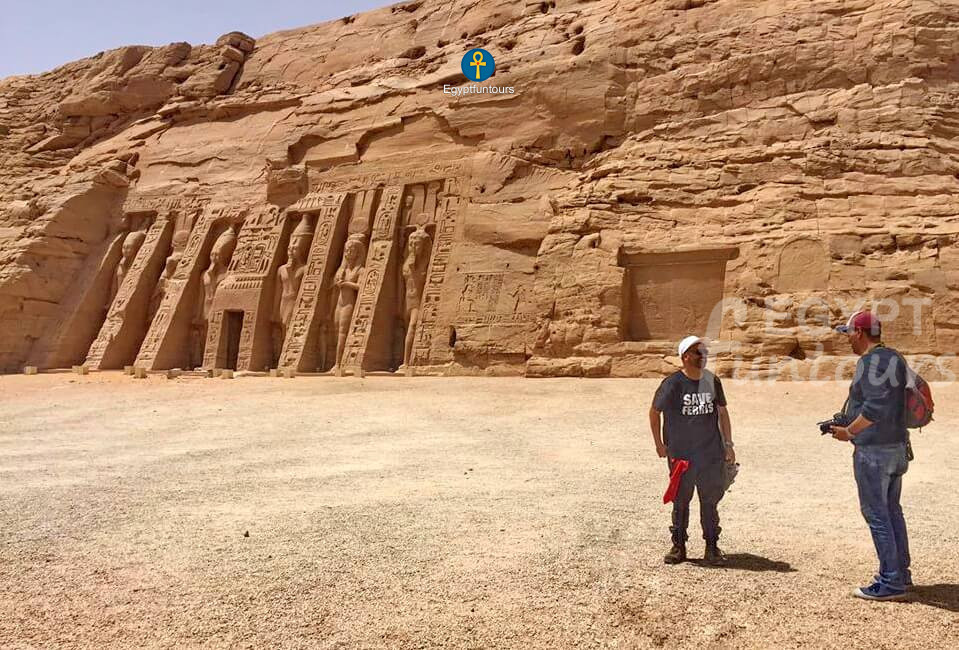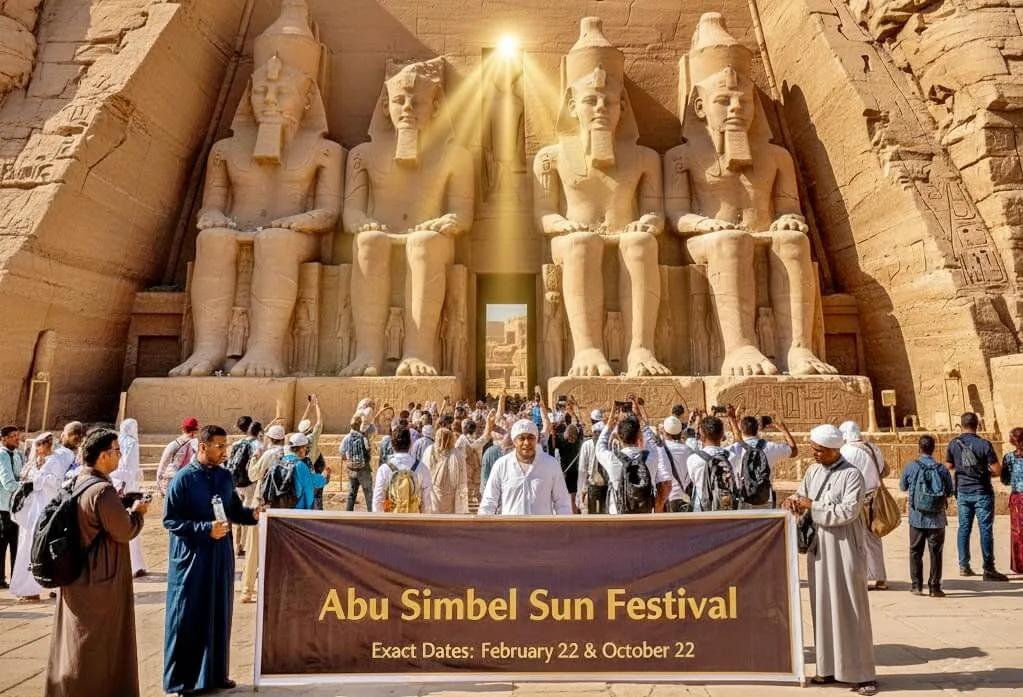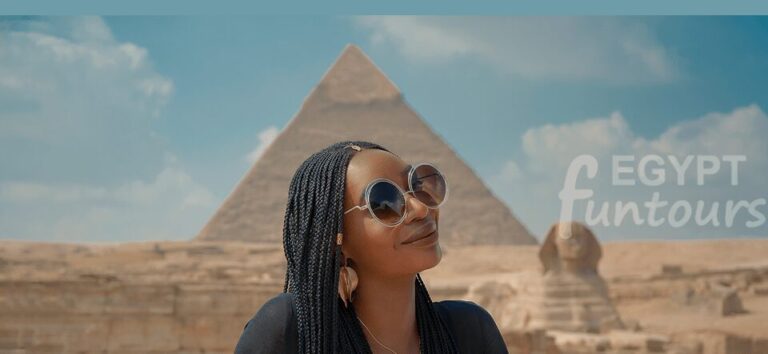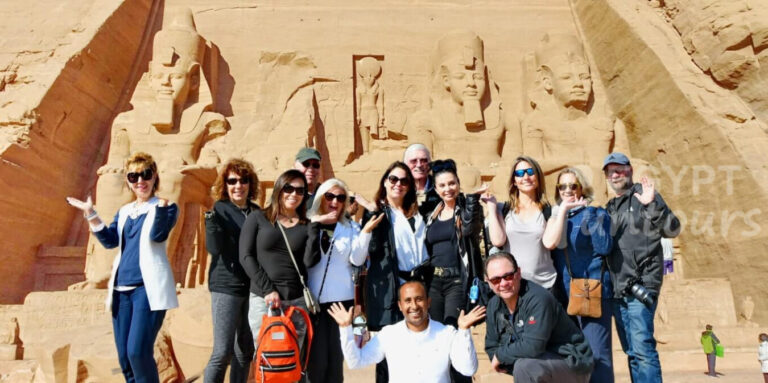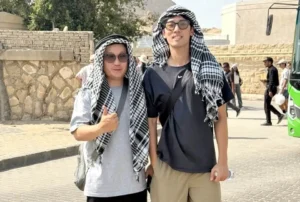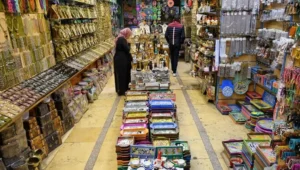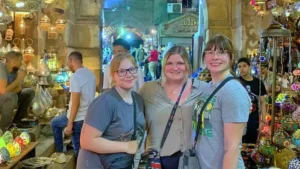This is it. The grand finale. It is the most powerful and awe-inspiring monument in Upper Egypt. A temple complex lies deep in the south, in the village of Abu Simbel. This village is 240km southwest of Aswan, near the Sudanese border.
Builders carved these colossal temples directly into a solid rock mountain in the 13th century BC. They were the ultimate “shock and awe” campaign by Ramesses II the Great.
This was not just a temple. It was a 66-foot-high message of power, divinity, and love. Ramesses II built it at the Second Nile Cataract, the border of Nubia. He built many temples in Nubia, a land rich in gold. He wanted to impress Egypt’s might upon his neighbors.
Its ancient history is only half the story. Its modern history tells of its impossible rescue from the rising waters. This story is a “wonder of the world” all on its own.

